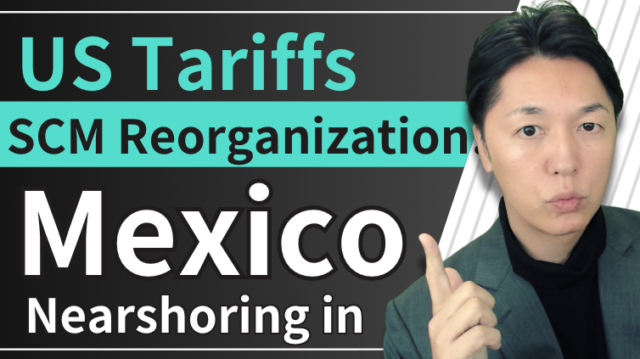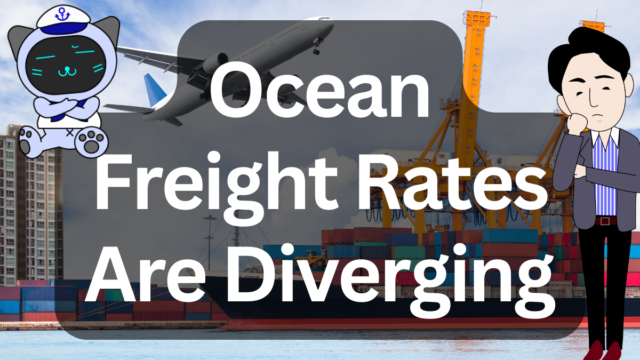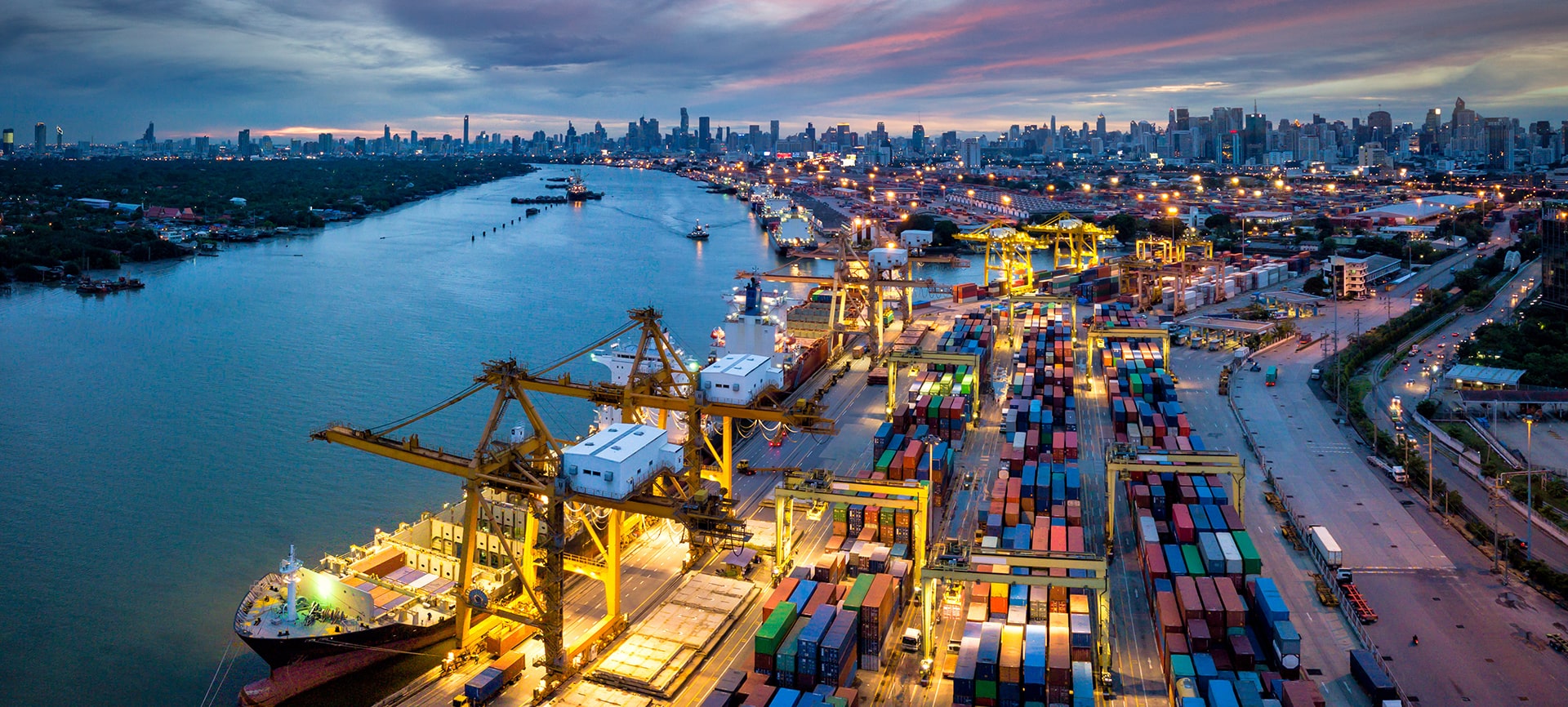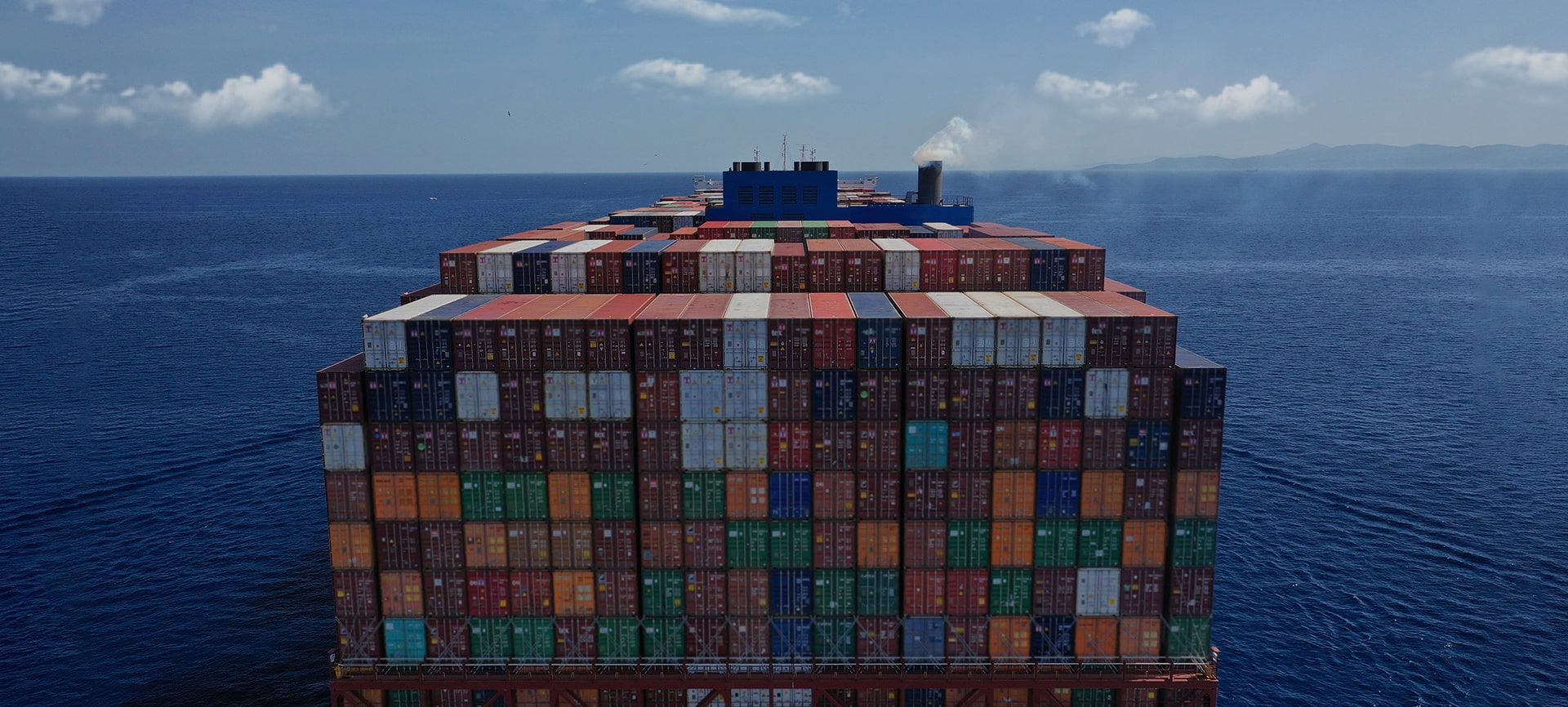Posted on: July 9, 2025 / Last updated: July 9, 2025
Trump Tariffs to Take Effect in August 2025: Ripple Effects on Japanese and Asian Exports
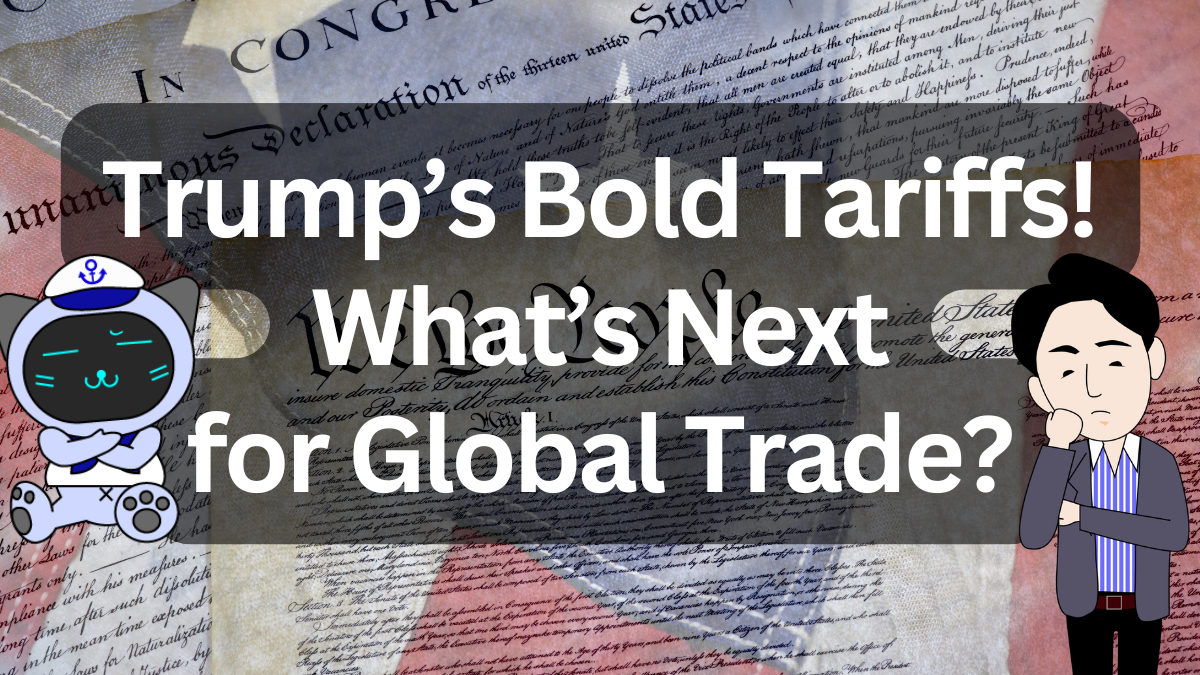
On August 1, 2025, the U.S. officially announced additional tariffs on countries including Japan, Asian nations, and the EU.
Trade tensions have flared up once again, and this move is expected to have a significant impact on logistics and manufacturing.
CONTENTS
25% Tariff on Japan: How Deep Will the Impact Be?
Japan faces an additional 15% on top of an existing 10% tariff, bringing the total to 25%.
While the government states it will “negotiate firmly to protect national interests,” companies are already feeling the heat.
Key export industries to the U.S. — automobiles, machinery, and electronic components — must now face the reality of restructuring their supply chains.
A private study suggests that Japan’s GDP could drop by nearly 1% due to the tariffs.
Widespread Impact on Asian and Southeast Asian Nations
The scope of the tariffs extends across Asia and Southeast Asia. Countries affected include:
Japan: 25% South Korea: 25% Malaysia: 25% Vietnam: 20% (up to 40% for goods routed via China) Thailand: 36% Indonesia: 32% Cambodia: 36% Laos: 40% Myanmar: 40% Bangladesh: 35% South Africa: 30% Hungary: 30% Kazakhstan: 25%
Even third-country transshipments require Certificates of Origin (CO), leaving few loopholes for exporters.
EU Also Faces Pressure—Tariffs Up to 50%
The EU may also be subject to a 20% tariff, potentially rising to 50%, according to Trump.
Negotiations continue, but “no deal” means immediate action under his trade approach.
How Will Supply Chains Adapt?
The most impacted area is the flow of goods — logistics and supply chains.
・How should shipments to the U.S. be handled? ・Where should factories and warehouses be located? ・Do customs procedures or final destinations need revision?
In logistics, disruptions ripple to the field. But predicting change allows proactive strategy.
Conclusion: Urgent Need for Operational Readiness
From August 1, Japan will face a 25% tariff.
This will affect entire supply chains across Asia and the EU.
The logistics field must act fast—CO review, FTA adaptation, and delivery rescheduling are now critical.
Opportunity only comes to those who prepare. Now is the time to act.


